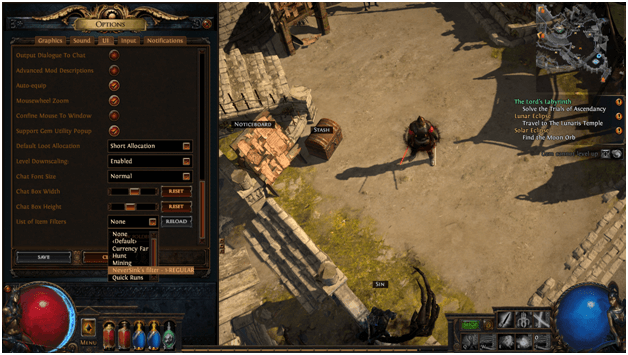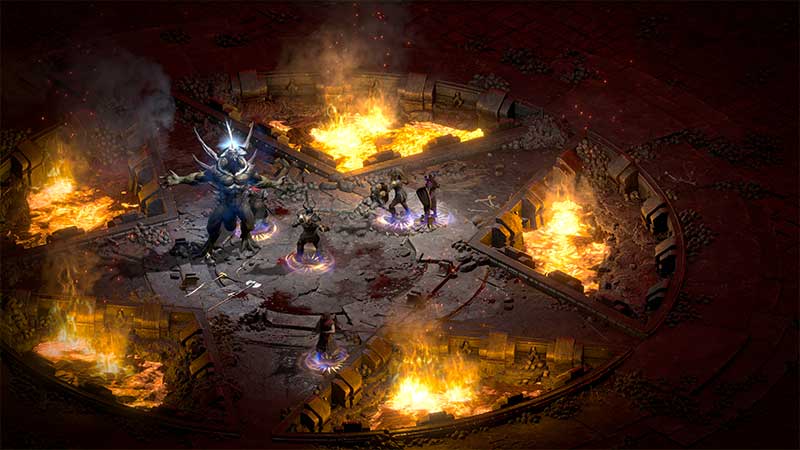

Note that for equal operations there is no operator required. The following Operators can be used with numeric conditions. If an item matches and Continues and then never matches any further blocks, it will also show or hide based on the most recently matched block. Note that if an item matches a Hide block that Continues, then later matches a Show block, it will use the most recently matched Show or Hide flag, and thus show.

This is a special flag that indicates that the filter rule matching should not stop when an item matches this block. The blocks are prioritized in the order they come in the file, meaning that condition blocks that appear earlier in the file take precedence, applying their effects even if their conditions overlap with later blocks.Įffectively, the script reads the filter file until it finds the first block that matches the item in question, follows that block's instructions, and then terminates. A line with only Show or Hide with no conditions is an "empty block," and matches ALL items, which means that a Hide at the end of the file effectively hides everything that wasn't specifically shown. Every block must start with either Show or Hide, and any conditions in that block must start on the next line indentation is optional. If there are multiple conditions in a block then all of them must be matched for the block to match an item. Anything matched by a Show block will be shown and anything matched by a Hide block will be hidden. The basic syntax of a script is a collection of Show and Hide blocks that each specify conditions. However, the information provided here will open the door so that you, the player, can understand how the item filters work. For those who don't have experience with programming or website development, the code for the item filters might seem complex. Grinding Gear Games implemented Item filters into the Path of Exile UI so players can customize how the game client displays items on the ground.

Consider helping out in updating the wiki for 3.


 0 kommentar(er)
0 kommentar(er)
